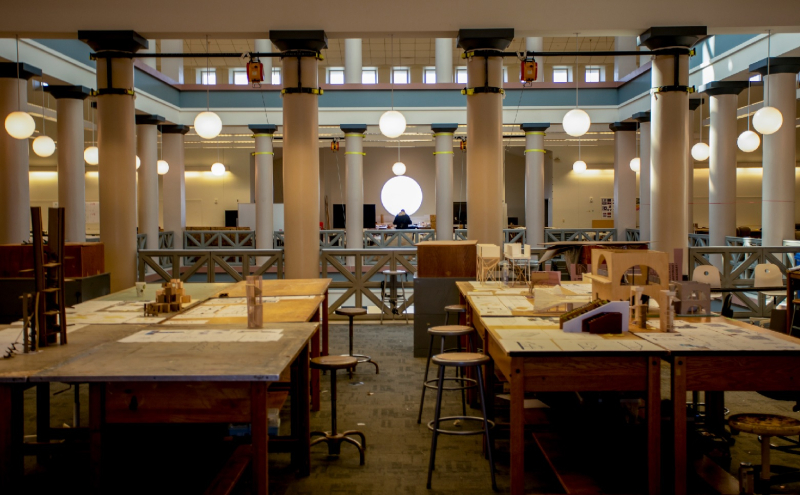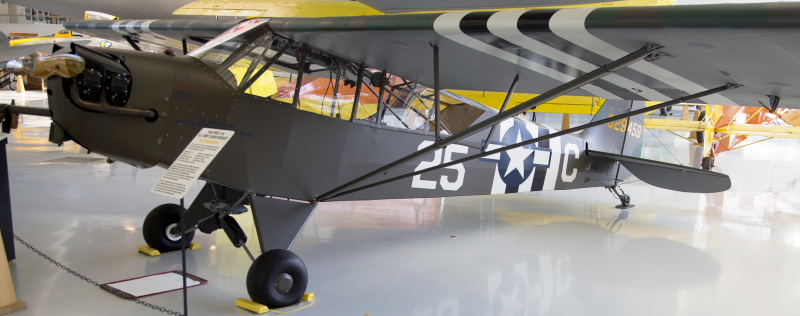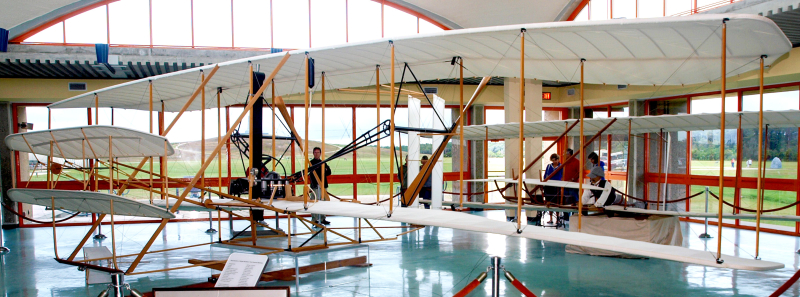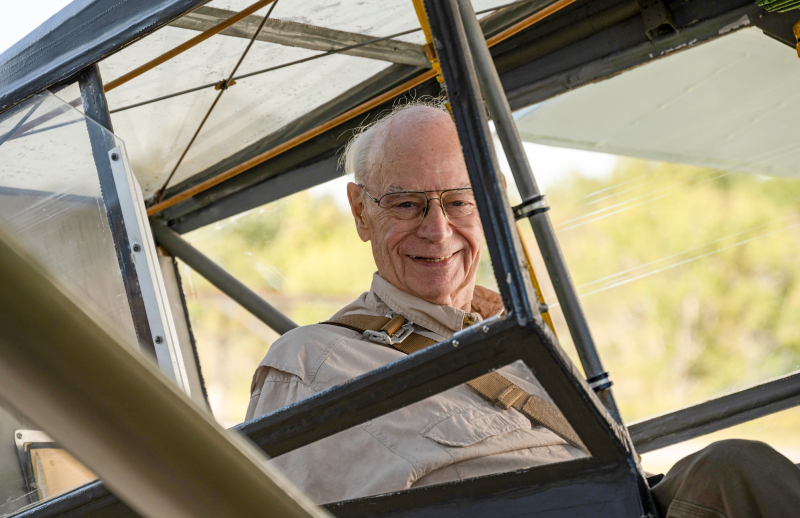Research
Today, let’s think about research. The University of Houston presents this series about the machines that make our civilization run, and the people whose ingenuity created them.
______________________
Oh, how we misuse that word! We learn something on the Internet and we call that research. Research is so much more. The word comes from the Latin word for circus. That meant circle. Researchers must circle around a subject – try this, fail and succeed, until they finally know something wholly new.
Research has an odd kinship with the word error – from the Latin errant, which meant “to wander” – to deviate from the path – to circle about, until we arrive. Error has to lie on our path to understanding.

UH Architecture classroom
Research and universities are fit companions. This is where we learn that the truth is complex – that the shortest path is rarely a straight line. We cannot know the route to truth ahead of time. The whole reason for having universities is to equip us to ask the second question.
Think about flight: Engineering design must be served by research. Example: I recently rode in a Fieseler Storch – Germany’s WWII liaison airplane. Our armies, like Germany’s, needed to ferry supplies, messages, wounded, and more. So, we simply pressed our small private planes, like Piper Cubs, into service.

Piper Cub goes to war
But the Germans had started from scratch before the war. Their trained engineers did their research as to how such airplanes must be built. So, their Storch could take off and land on a dime. It could hover at very low speed. It even looked like a skinny, long-legged stork.
War is not friendly to research. We need answers right now in wartime. So, we make quick, imperfect decisions. Germany already had the better liaison airplane. But we had no time for research. We had to make do with what we already had. Of course, each side had war machines that were carefully thought out.
And, speaking of flight, I give you the Wright Brothers. They weren’t college-educated. But they did understand research. They spent five years studying the mechanics of flight before they went to Kitty Hawk to build their airplane. Then they spent another three years doing research on site. They failed, studied, and eventually succeeded.

Kill Devil Hills Wright Brothers model
And that was just the beginning. Flight feeds on constant academic research. All my life I’ve been surrounded by that work. And by so much more.
Here in Houston, our university research serves a vast world at large. But it’s also shot through our own medicine, space program, energy industry, art, music, and so much more.
Research is an adventure. We enter a terra incognita. We seek out our ignorance. And, finally: We find means for knowing what no one knew before.
I’m John Lienhard, at the University of Houston, where we’re interested in the way inventive minds work.
(Theme music)

John Lienhard ready to ride in a Fieseler Storch
For more on the etymology of the word “research” see: Research - Etymology, Origin & Meaning And for more about that kindred word “error” see: Error | The Engines of Our Ingenuity
For more on the Fieseler Storch, see: Fieseler Storch | The Engines of Our Ingenuity . For my own ride on the Storch, click here.
For more on the Wright Brothers and their research, see Wikipedia. Or better yet, read:
Crouch, Tom D. (2003).The Bishop's Boys: A life of Wilbur and Orville Wright. New York, NY: W.W. Norton & Company. Or
This slideshow of the Wright Brothers National Memorial includes many elements of the onsite research that they did in that remote location.
This episode first aired on June 23, 2025.